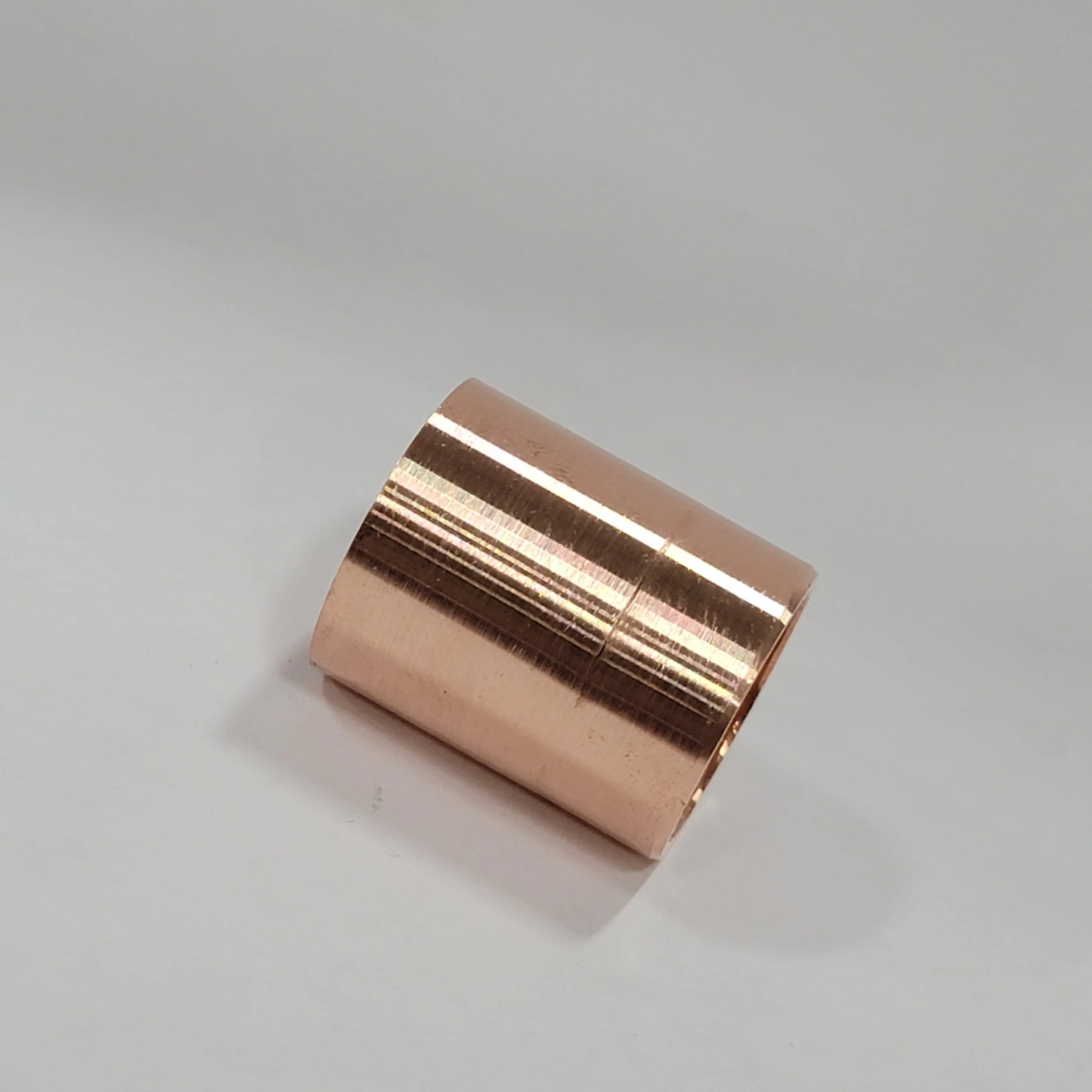MATERIALS
titanium
For many decades after its discovery, titanium remained a lab curiosity due to the difficulty of extracting it from its ores. It wasn't until the early 20th century that viable commercial extraction processes were developed. In 1910, Matthew Hunter at Rensselaer Polytechnic Institute produced the first quality titanium alloy.
Titanium's development accelerated during World War II when researchers in several countries worked to find ways to mass produce it economically.
Commercial production began in the 1950s, originally driven by military demands for lightweight, high-strength materials for aircraft and missiles. Titanium's corrosion resistance, strength-to-weight ratio, and ability to withstand extreme temperatures made it an ideal material.
steel
The earliest forms of steel date back over 3,500 years to ancient metallurgical processes in the Middle East and South Asia. However, these early carbon alloys were not produced with modern steelmaking methods.
Damascus steel is a legendary type of steel that was produced in ancient times, primarily in and around Damascus, Syria between 300 BC and 1700 AD. It was highly prized for its distinctive surface pattern, flexibility, and exceptional strength.
The origins of modern steelmaking can be traced back to the 17th century. In 1655, the German metallurgist Walter Reichel produced steel using a furnace process that removed impurities from iron.
brASS
Brass is an alloy made primarily of copper and zinc. While its origins are uncertain, evidence suggests brass metallurgy began as early as 300 BC in locations like ancient Greece, Rome, and China.
However, the Romans are credited with establishing the first consistent brass manufacturing process around 200-100 BC by melting copper and zinc ores together. This "calamine brass" allowed the Romans to mass produce brass artifacts like utensils, coins, and decorative objects
Brass has remained a critical industrial alloy through the 20th century, used in plumbing, hardware, ammunition, decorative arts and more due to its workability, corrosion resistance, and attractive appearance.
Copper
Copper is one of the oldest metals ever used by human civilizations, with evidence of copper working dating back over 10,000 years ago. The earliest artifacts are from the Chalcolithic period around 5000 BC in regions like the Middle East.
By 3500 BC, civilizations in the Indus Valley and Mesopotamia had developed techniques for extracting and smelting copper metal from its ores. The ancient Egyptians and Greeks also established large-scale copper mining and metallurgy around 2500 BC
Today, copper remains a key metal with over 20 million tons mined annually worldwide for electrical wiring, plumbing, machinery components, and as an alloying element. Its long history underlies its continued importance across multiple modern industries.




